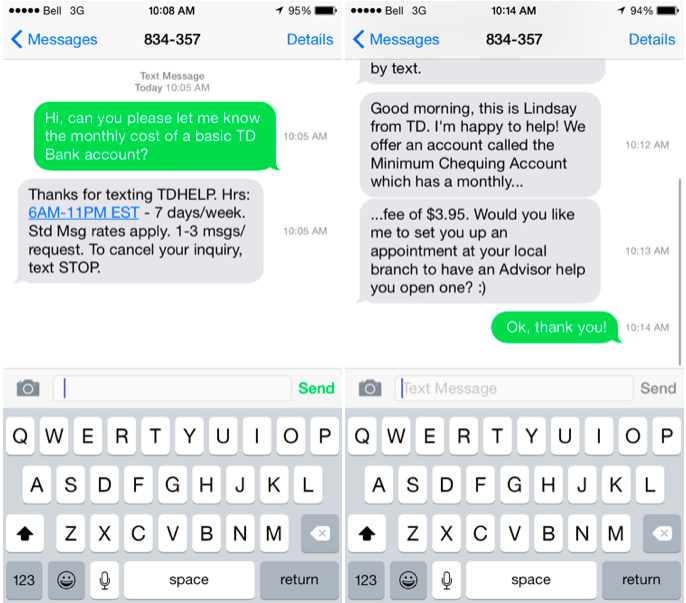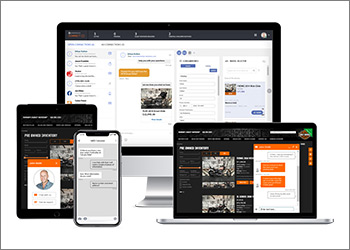
RELATED : Carl Pei Continues Building Nothing Phone 1 Hype with a New Pre-Order Pass How Does It Differ from Regular Old SMS? It also enables you to share media, and your location even, while you’re engaged in a telephone conversation.

The standard could work with your contacts app, for instance, so you can see who else in your phonebook supports the technology. In some cases, RCS’s capabilities expand beyond messaging. to fully deploy this technology, which brought it Advanced Messaging. T-Mobile was the first carrier in the U.S.

You can also use it to share your location. It works with text, images, and video, you can use it to send both individual or group text messages. To get it, you need your carrier to support it, your device to support it, and a compatible app. RCS, or Rich Communications Services, is essentially enhanced SMS and MMS. They’ve started adopting technology called Rich Communication Services (RCS), which leverages data connectivity to deliver the next generation messaging features. The carriers have realized that if they’re going to keep texting alive, it has got to evolve. It’s outdated, over the top (OTT) messaging apps have surpassed it in functionality, if not in raw numbers. But texting is built on an SMS protocol that dates back to before cellular networks could carry Internet data. Some years ago, Forrester Research found that about six billion text messages were sent every day in the U.S., resulting in about 8.6 trillion text messages sent a year, that number has almost certainly gone up since then. These days, most people communicate primarily through text message messaging applications, like WhatsApp, Viber, Chat, or Facebook Messenger. MMS, with the right platform partner is easy to use, integrate to CDP and CRM, implement and track, and with its ubquity and ability to deliver a lot more canvas and visual content options than SMS - it will be a difficult platform for marketers to ignore.I’m one of those rare unicorns that still uses the phone to talk with people, but not everyone uses their phone like me.

Simply, MMS now is on over 6 billion smartphones, and in markets like Australia, USA, UK and France MMS has reached ubquity - the ability to reach close enough to 100% of the eligable population catapults MMS as a viable email replacement platform for personalised visual communication, its 2WAY, with guarateed receipted delivery, 98% of messages are seen, delivered over a point to point network direct to the mobile handset, addressed to an always on audience. So how does MMS now rate as being in the growth product life cycle category. Add to this, email to consumer was the right price to a bigger audience and email became the default consumer engagement platform. By 2011, the consumer email audience was much larger than the audience that could be reached by MMS. In 2011 MMS was available only on smartphones, was still expensive and less than 30% of the consumer population had a smartphone. Consumers were signing up to personal email delivered to the smartphones by the millions which turned email froma B2B to a B2C platform in less than 5 years.
#RICH TEXT MESSAGING FREE#
Around the same time, Apple had released the iPhone in 2007, Google launched free Gmail and MailChimp introduced a freemium plan. MMS traffic did fall off a cliff in 2011, as a result of a number of contributing factors, including being overpriced, and all person to person image sharing moving to the OTT platforms like Facebook and WhatsApp in and around 2010 through to 2012.

MMS is alive, with a forecast of a strong future. Many people who see this chart below may be reminded of Samuel Clements (Mark Twain) who is inaccurately quoted as having said "the reports of my death are greatly exagerated".


 0 kommentar(er)
0 kommentar(er)
